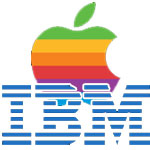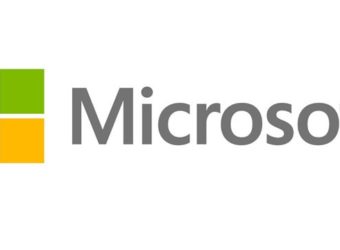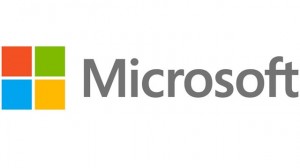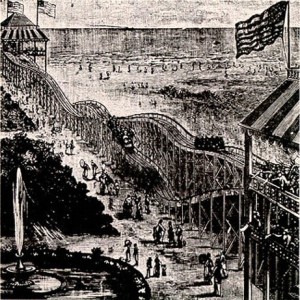Steve Jobs, Bill Gates Create the Microsoft – Apple Alliance
Subscribe! Spotify | RSS | More
It was the day that will live in infamy. Apple on the verge of collapse. Steve Jobs in dire need. So he calls on the only person that can help – Bill Gates.
Well, it didn’t happen that way. But in 1997, at MacWorld Expo, the two come together to announce a five year alliance. Microsoft buys $150 Million of non-voting stock into Apple and hold it for 3 years. Patents will be cross-licensed for the next 5 years. Microsoft Office would be created for Mac computers. Internet Explorer would also be developed for the Mac OS.
This is considered one of the 10 most pivotal moments in tech history. Of course, Steve Jobs changed directions and Apple grew after this moment. Although some might have said this was one of Apple’s worst moments in time, it really turned out to be their best.
Full Day in Tech History podcast show notes for August 6Subscribe to Day In Tech History:
RSS Feed - iTunes - Android - Spotify - iHeartRadio
Facebook -
- RSS Bandwidth by Cachefly Get a 14 Day Trial
- Join me on Patreon and support Day in Tech History
Other today in technology historical facts:
- Tim Berners Lee posts the WWW project at alt.hypertext Usenet newsgroup
- XP Service Pack 2 is released
- Apple removes Google Maps off the iPhone
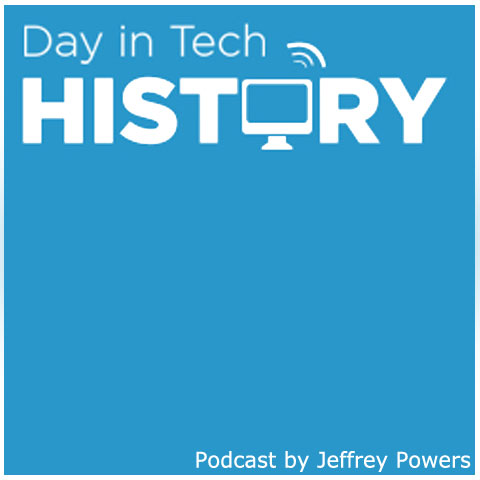
![Jobs-Gates[1] Bill Gates Steve Jobs](https://dayintechhistory.com/wp-content/uploads/2013/08/Jobs-Gates1-340x250.jpg)



![Mighty-Mouse[1] Mighty Mouse](https://dayintechhistory.com/wp-content/uploads/2013/07/Mighty-Mouse1-340x250.jpg)


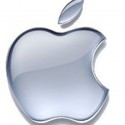
![Michael-Scott[1] Michael Scott](https://dayintechhistory.com/wp-content/uploads/2013/07/Michael-Scott1-340x250.jpg)
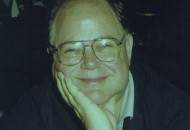
![AppleIBM[1] IBM Apple](https://dayintechhistory.com/wp-content/uploads/2013/07/AppleIBM1-340x250.jpg)
